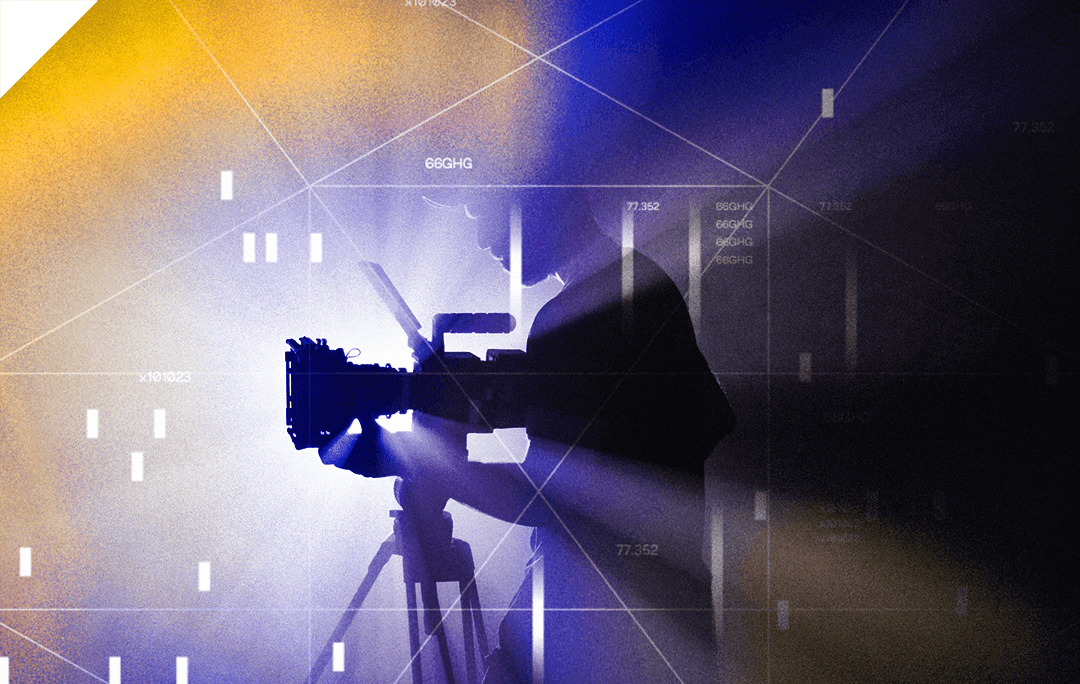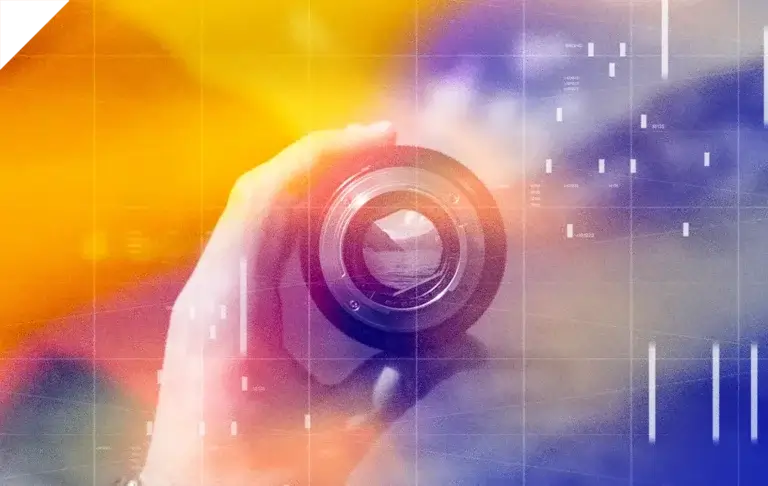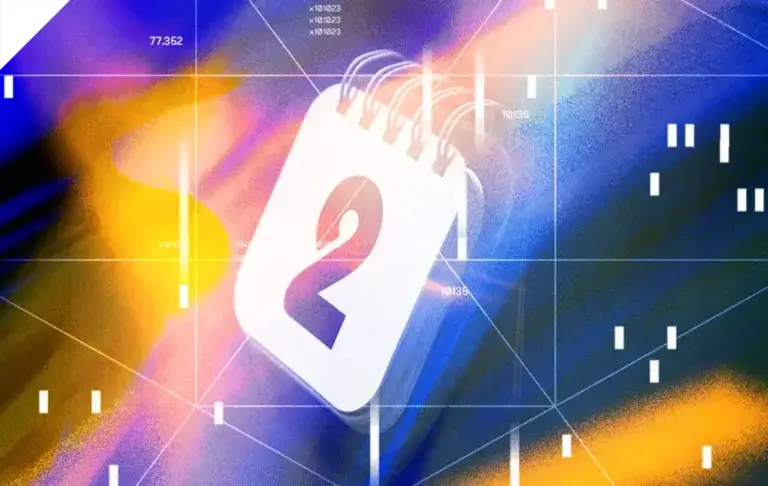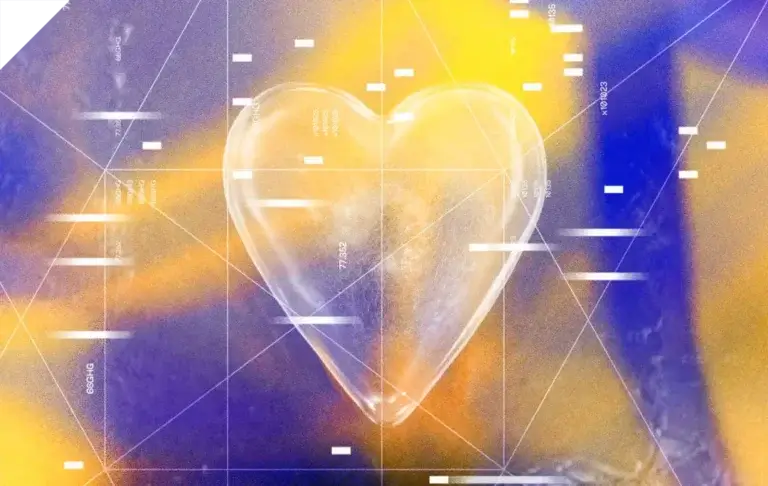Picture this: You’ve just dropped $50,000 on a video campaign. The production value is flawless, the story is compelling, and the views are pouring in. But your audience isn’t converting. Something feels fundamentally wrong—your brand feels disconnected, unfamiliar, like it’s speaking in someone else’s voice.
This is brand incongruence in action. When your video content doesn’t align with your brand identity, even the most polished campaigns can actively damage your business. Your beautifully crafted video isn’t building recognition; it’s creating confusion.
Ready to stop sabotaging your brand? Let’s explore what brand congruence actually means and why it’s the difference between videos that build empires and videos that burn them down.
What Brand Congruence Actually Means (And Why Even Smart Companies Get It Wrong)
Brand congruence sounds like marketing jargon, but it’s deceptively simple: every element of your video should feel like it came from the same company your customers interact with everywhere else.
Your video’s pacing should pulse with the same energy as your website. Your narrator’s tone should match the voice your customers hear when reading your emails. Your visual style should feel like a natural extension of your brand identity. When someone moves from your Instagram ad to your product page to your explainer video, the experience should feel seamless—like an ongoing conversation with the same personality.
Instead, most companies treat video as a creative sandbox, completely divorced from their brand ecosystem. They hand talented creators the reins and say “make something amazing” without providing the brand DNA that makes “amazing” actually meaningful for their business.
The result? You’re introducing customers to a different company every time they encounter your content. Imagine calling Apple and speaking to someone with a completely different personality, vocabulary, and perspective on technology each time. You’d start questioning whether you actually knew the company at all.
That confusion doesn’t just hurt recognition—it demolishes trust. And trust is the currency driving every purchase decision.
The Hidden Cost of Incongruent Video (The Numbers Don’t Lie)
This isn’t just an aesthetic problem. It’s a business emergency hiding in plain sight. The numbers are staggering:
- 77% of companies admit to producing off-brand content with creative completely disconnected from their identity.
- Inconsistent messaging leads to a 23% loss in potential revenue––that’s nearly a quarter of your earning potential vaporized by mixed signals.
- 87% of consumers say video quality directly impacts their trust in a business.
Let that last one sink in. Nine out of ten potential customers will judge your credibility based on video quality alone—before they even consider your product. That’s an incredible opportunity and enormous risk, all wrapped up in mere seconds of footage.
Here’s what makes this even more critical: today’s audiences have razor-sharp instincts for authenticity. They don’t just process what you say—they feel whether it’s genuine and intentional. With marketing messages hitting them from every direction, the videos that feel genuinely consistent with your brand aren’t just more effective—they’re the only ones that register at all. Everything else is forgettable noise.
When Brands Get It Wrong (Sometimes Spectacularly Wrong)
The Super Bowl, with its massive audience and high-stakes environment, often amplifies brand misalignment issues. As we explored in our analysis of Super Bowl advertising trends, even the biggest advertising moment of the year is plagued by emotional disconnects and target audience misalignment that can damage brand equity.
Brand incongruence isn’t a mistake reserved for scrappy startups. Even industry giants stumble into this trap—and the higher they climb, the harder they fall.
Pepsi’s Kendall Jenner campaign took a company known for youth culture and refreshment and abruptly forced a tone-deaf social justice narrative. The disconnect was jarring. The public outcry was swift. The ad was pulled within days, reportedly costing millions and damaging a brand that had spent decades building cultural credibility.
Audi’s secondhand car ad in China promoted pre-owned vehicles by comparing them to women—content that was not only distasteful but directly contradicted their luxury positioning and brand values. After widespread consumer outrage and boycott threats, the ad was pulled and apologies were issued.
Dove’s 2017 Facebook video showed the starkest misalignment of all. A company built on celebrating beauty in all forms created content portraying a Black woman removing her shirt to reveal a white woman underneath. The imagery carried historical racial connotations completely opposite to their core message, leading to widespread backlash.
In each case, the videos weren’t just poorly executed—they revealed fundamental strategic misalignment with what these companies had built their reputations on. In their effort to be humorous, relevant, or bold, they forgot their brand DNA and broke their audience’s trust.
Contrast these with Patagonia’s ‘Don’t Buy This Jacket’ campaign. The message and visuals perfectly aligned with their environmental activism brand, creating cognitive consistency that drove both viral sharing and sales increases. The bold creative choice worked because it was authentically Patagonia.
Each failure happened because brands prioritized shock value over alignment. They forgot that brand-consistent content creates deeper, longer-lasting impact than viral moments that contradict your identity.
The 3-Layer Brand Alignment System (aka How To Get It Right)
Your video isn’t marketing content—it’s brand architecture. Every frame either reinforces who you are or undermines it. There’s no neutral ground. After studying hundreds of brand videos across industries, we’ve identified the exact framework that separates the winners from the money-wasters.
We call it the 3-Layer Brand Alignment System, and it ensures every creative decision strengthens rather than sabotages your brand equity.
Layer 1: Voice & Tone Consistency
This is your brand’s personality in action. Your video’s voice should be immediately recognizable to anyone familiar with your brand across other touchpoints.
What this means in practice:
- If your brand is authoritative and professional (like McKinsey), your video narrator should sound confident and knowledgeable, not casual or uncertain
- If your brand is approachable and friendly (like Mailchimp), your script should use conversational language and humor, not corporate jargon
- If your brand is innovative and cutting-edge (like Apple), your pacing should feel dynamic and forward-thinking, not slow and traditional
Key checkpoint: Could someone who knows your brand identify this video as yours with the sound on but screen off? If not, your voice alignment needs work.
Layer 2: Visual DNA Translation
Your brand’s visual identity doesn’t stop at your logo. It extends to how your videos move, breathe, and feel visually.
What this means in practice:
- Your color palette should reflect your brand colors, not just feature them occasionally
- Your typography choices should feel consistent with your website and print materials
- Your visual pacing should match your brand’s energy level—fast cuts for energetic brands, longer takes for thoughtful ones
- Your visual metaphors should align with your brand’s worldview and values
Key checkpoint: If you removed all logos and text from your video, would it still feel like your brand? The visual DNA should be unmistakable.
Layer 3: Narrative Thread Connection
Every video should connect to your overarching brand story, even if it’s telling a specific product story or addressing a particular audience segment.
What this means in practice:
- Your video should reinforce your brand’s core message and values
- The emotional journey should align with how you want customers to feel about your brand
- The problem-solution narrative should connect to your brand’s unique value proposition
- The call-to-action should feel like a natural next step in your brand relationship
Key checkpoint: Does this video strengthen the story your brand is telling over time, or does it feel like a disconnected side quest?
When all three layers align, something powerful happens: your videos become instantly recognizable and trustworthy. Customers don’t just watch your content—they experience your brand consistently across every interaction.
The data backs this up: consistent messaging across all platforms increases revenue by 10-20%. That’s not just about looking the part; it’s about creating the mental shortcuts that help consumers recognize, remember, and choose your company over everyone else.
Does Your Video Pass the Brand Test (A Quick Self-Assessment)
Before you spend another dollar on video production, use this diagnostic to identify misalignment before it costs you trust and revenue:
- The 5-Second Test – Show your video (without logos or obvious brand identifiers) to someone familiar with your brand. Can they identify it as yours within 5 seconds? If not, you have a voice or visual alignment problem.
- The Platform Jump Test – Watch your video immediately after visiting your website, reading your latest email, and scrolling through your social media. Does it feel like the same company created all of these touchpoints? Inconsistency here signals systematic brand drift.
- The Competitor Swap Test – Could you swap your logo for a competitor’s and have the video still make sense? If yes, your narrative thread connection is too generic. Your video should only work for your specific brand story.
If your face scrunched up with concern at any point during those tests, here are some immediate actions you can take:
- Create a Brand Voice Reference Document Write down 5 adjectives that describe your brand’s personality. For each adjective, write 2-3 specific examples of how it should sound in video content. Share this with every creative team member.
- Audit Your Last 3 Videos Rate each video on all three layers (Voice, Visual, Narrative) on a scale of 1-10 for brand alignment. Any video scoring below 7 on any layer should be either re-edited or used as a learning example for future content.
- Establish Video Brand Guidelines Create a one-page document covering: approved color palettes, typography styles, pacing preferences, music style, and narrative themes. This becomes your creative team’s north star.
If you’re consistently scoring below 7 on any layer, or if your team struggles to articulate what makes your brand unique, it’s time to bring in specialists to help. Brand misalignment compounds over time, and every incongruent video makes the next one harder to get right.
Why Alignment Matters Now (More Than Ever)
While your competitors chase viral moments that contradict their brand, consistent companies are building recognition that compounds over time. In a world where consumer attention is fragmented across dozens of platforms, consistency becomes your competitive advantage.
This creates an unprecedented opportunity for businesses willing to align their video strategy with their brand architecture. Every aligned video becomes a brand asset that increases in value over time. Every misaligned video becomes a liability that chips away at the equity you’ve worked so hard to build.
At Myosin, we help companies eliminate misalignment before it costs them trust, clarity, and revenue. Our 3-Layer Brand Alignment System ensures every video is rooted in your unique identity—strategic, emotionally resonant, and instantly recognizable across every touchpoint.
Ready to stop sabotaging yourself and start building brand recognition that drives revenue? Connect with us for a brand alignment audit where we’ll assess your current video content against all three layers and provide a roadmap for turning your video strategy into your most powerful brand asset.





